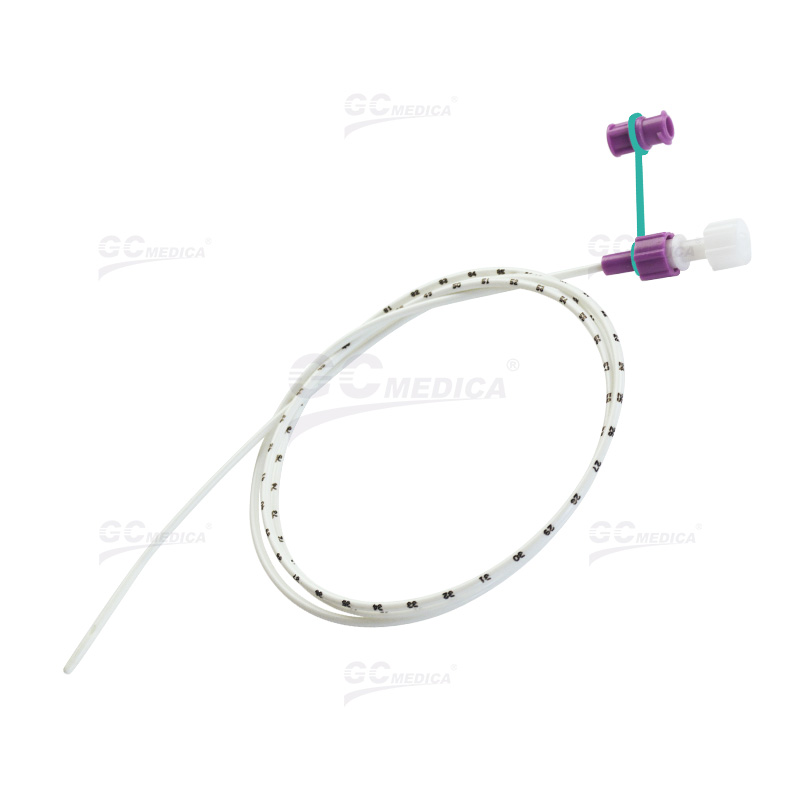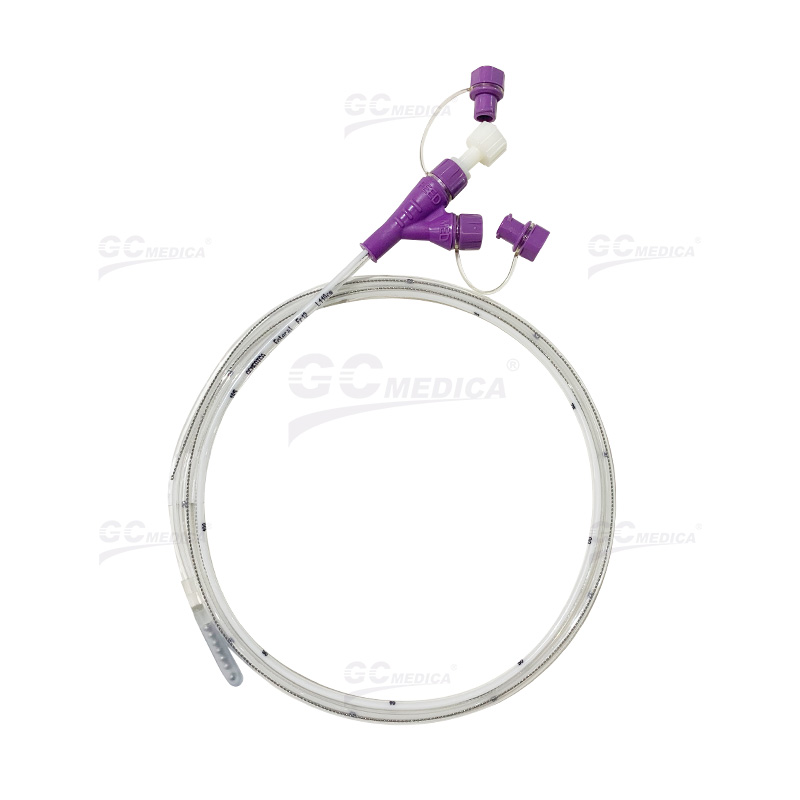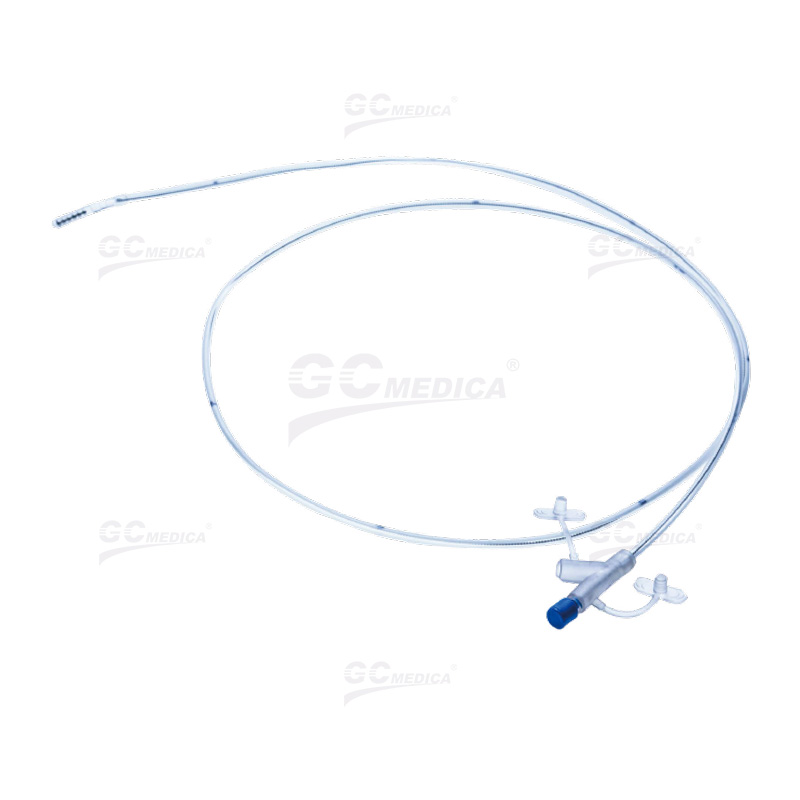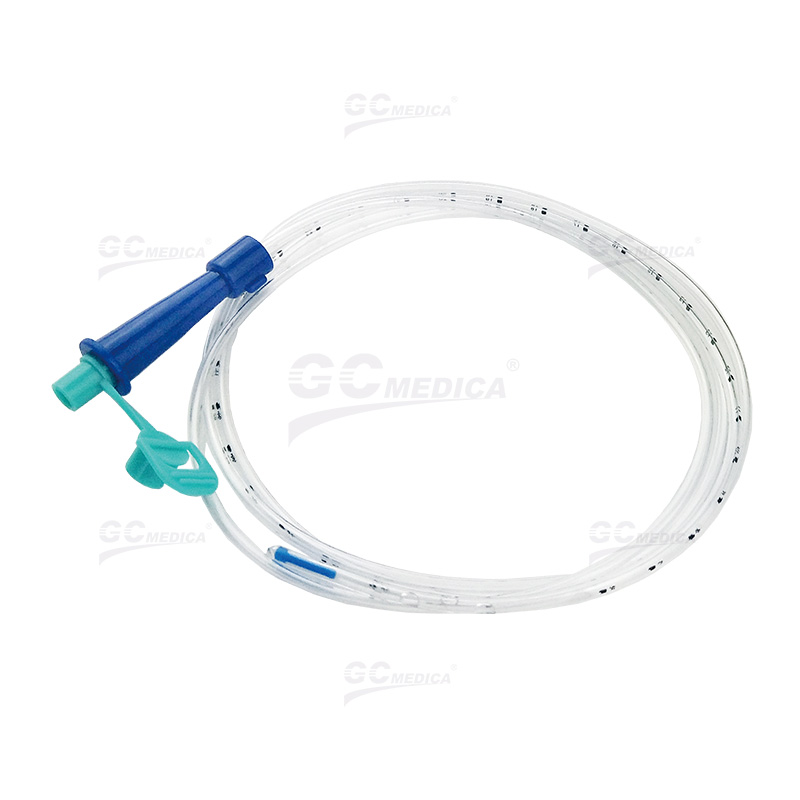Enteral feeding is a critical component in managing patients who cannot meet their nutritional needs orally. The introduction of the ENFit connector has standardized enteral feeding systems, enhancing patient safety by reducing the risk of misconnections. Understanding the various types of ENFit feeding tubes and their specific applications is essential for optimal patient care.
| |
| ENFit Polyurethane Nasogastric Feeding Tubes | |
| ENFit Y-Port Nasogastric Feeding Tubes | |
| Nasointestinal Feeding Tube | |
| Nasogastric (Ryles) Tubes | |
1. Nasogastric (NG) Tubes
NG tubes are inserted through the nose into the stomach and are commonly used for short-term feeding. They are suitable for patients with a functional gastrointestinal tract who require nutritional support for a limited period. Features often include radiopaque materials for visualization and weighted tips to aid placement.
2. Nasointestinal (NI) Tubes
NI tubes extend beyond the stomach into the small intestine, typically used when gastric feeding is not tolerated due to delayed gastric emptying or aspiration risk. These tubes require careful placement, often guided by imaging, to ensure correct positioning.
3. Gastrostomy (G) Tubes
G-tubes are placed directly into the stomach through the abdominal wall for long-term feeding. They are indicated for patients requiring prolonged enteral nutrition and can be inserted endoscopically, surgically, or radiologically. The ENFit connector ensures compatibility with standard enteral feeding equipment.
4. Jejunostomy (J) Tubes
J-tubes are inserted into the jejunum, the middle section of the small intestine, suitable for patients with impaired gastric function or high aspiration risk. Placement is more complex and typically performed endoscopically or surgically. These tubes facilitate direct nutrient delivery to the small intestine.
5. Gastrojejunostomy (GJ) Tubes
GJ tubes provide access to both the stomach and the jejunum, allowing for gastric decompression while delivering nutrition into the small intestine. They are beneficial for patients with gastric motility disorders or those at risk of aspiration. Proper placement and management are crucial to ensure functionality and reduce complications.
6. Percutaneous Endoscopic Gastrostomy-Jejunostomy (PEG-J) Tubes
PEG-J tubes combine features of PEG and J-tubes, enabling simultaneous gastric decompression and jejunal feeding. They are indicated for patients with complex nutritional needs and are typically placed endoscopically. The ENFit connector standardizes connections, enhancing safety.
Considerations for Tube Selection
When selecting an ENFit feeding tube, consider the following factors:
Patient's Medical Condition: Assess the patient's ability to tolerate gastric feeding and the risk of aspiration.
Duration of Feeding: Determine whether short-term or long-term enteral nutrition is required.
Anatomical Factors: Evaluate any anatomical or surgical considerations that may influence tube placement.
Material and Size: Choose appropriate tube material and size to ensure patient comfort and effective nutrient delivery.
Conclusion
Understanding the different types of ENFit feeding tubes and their specific uses is vital for healthcare providers to deliver safe and effective enteral nutrition. By selecting the appropriate tube based on individual patient needs, clinicians can optimize nutritional outcomes and enhance patient care.


 Français
Français Español
Español Products
Products

 About Us
About Us




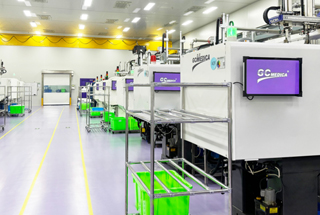
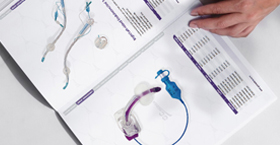

 GCMEDICA ENFit Feeding Tubes Online Promotion
GCMEDICA ENFit Feeding Tubes Online Promotion